1. Maize (Corn)
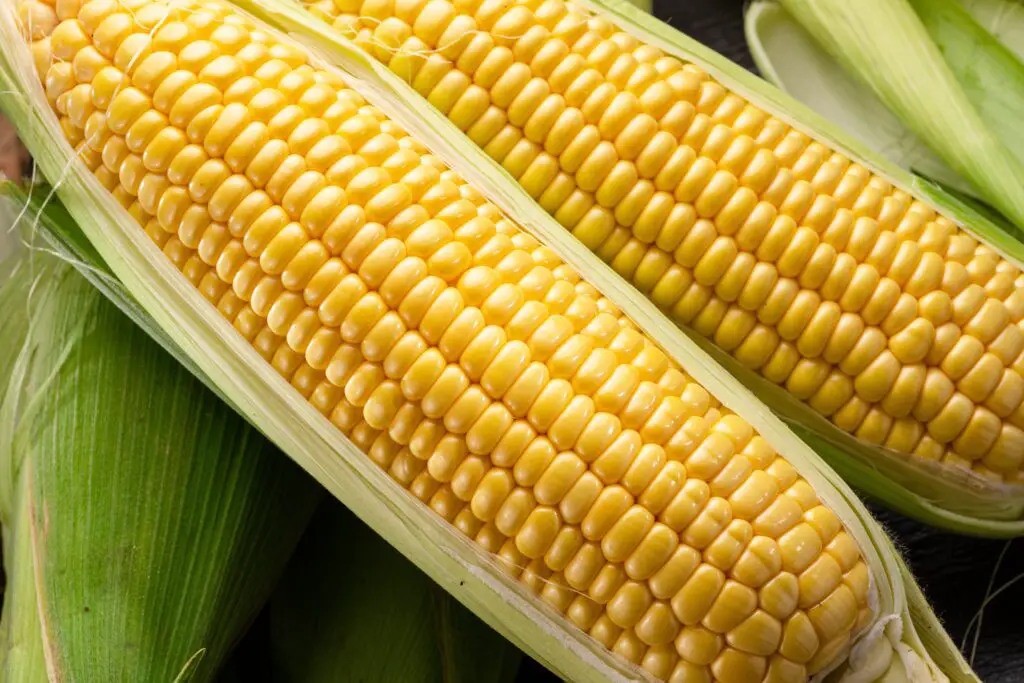
Maize, or corn, was a sacred crop to many Native American cultures, particularly the Aztecs and Mayans. They saw it as a gift from the gods, essential for survival. In fact, maize was so revered that it played a central role in religious ceremonies, often linked to fertility and harvest. The idea that life itself was woven into the very kernels of corn is something that resonates through ancient rituals shares Mother Earth Gardener.
These civilizations created intricate myths surrounding the plant, like how the gods themselves were believed to have crafted humanity out of corn. The crop’s versatility and life-sustaining properties made it a symbol of abundance. Even today, maize remains a vital staple, both in the Americas and around the world, echoing the respect it once commanded adds Reddit.
2. Rice
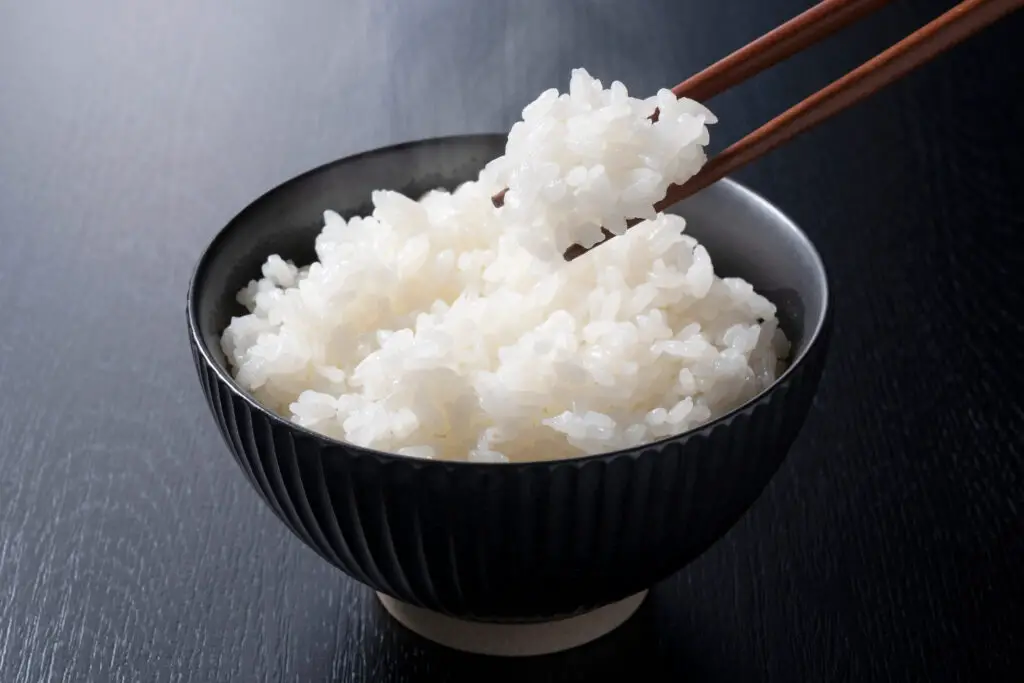
In many cultures, rice has been more than just a food—it’s been a symbol of prosperity and purity. Ancient Asian civilizations, such as the Chinese and Japanese, believed that rice was the gift of the gods, given to sustain life on Earth. It was often used in religious offerings, with its presence marking significant ceremonies, like weddings or harvest festivals adds Wikipedia.
The connection between rice and spirituality goes beyond its physical nourishment. In Japan, for example, rice is considered a sacred food, so much so that it was sometimes placed in shrines. For these cultures, rice wasn’t merely food; it was a living representation of the divine and the cycles of nature says Medium.
3. Wheat

Wheat is another food with deep spiritual significance, especially in ancient European and Middle Eastern cultures. In ancient Egypt, wheat was linked to the goddess Isis, who was often depicted holding a stalk of wheat. It was considered an essential component of both daily sustenance and religious life, playing a crucial role in rituals.
Wheat was so highly regarded that it became a symbol of resurrection and rebirth in various ancient cultures. The grain was often used in offerings to gods and spirits, with its growth and harvest representing life’s cyclical nature. For the Greeks and Romans, the harvest of wheat was a moment of thanksgiving to the gods, ensuring their continued favor.
4. Fish

In ancient cultures, fish had significant religious and cultural symbolism, especially among the early Christian communities. In the Mediterranean, fish were sacred in both Greek and Roman mythologies, often symbolizing fertility and abundance. The fish’s connection to the divine was especially prominent in Christian iconography, where it became a symbol of Christ.
Fish were often seen as a gift from the gods, ensuring prosperity and survival. In many places, it was reserved for ceremonial feasts and sacred rituals, as its consumption was believed to bestow blessings. Even today, in cultures like Japan, fish remains a vital part of spiritual practices, reflecting a longstanding reverence for its nourishing qualities.
5. Honey

Honey has been considered sacred in many ancient cultures, from Egypt to Greece, because of its rarity and its perceived mystical properties. In ancient Egypt, honey was used as both a sweetener and an offering to the gods. It was believed to have healing properties, so it was often incorporated into medicinal practices and religious ceremonies.
For the Greeks, honey was a symbol of the sun and the gods’ favor. It was used to sweeten offerings made to deities and to ensure prosperity. The sacredness of honey persists today in various traditions, where it’s often associated with purity, immortality, and divine grace.
6. Olive Oil
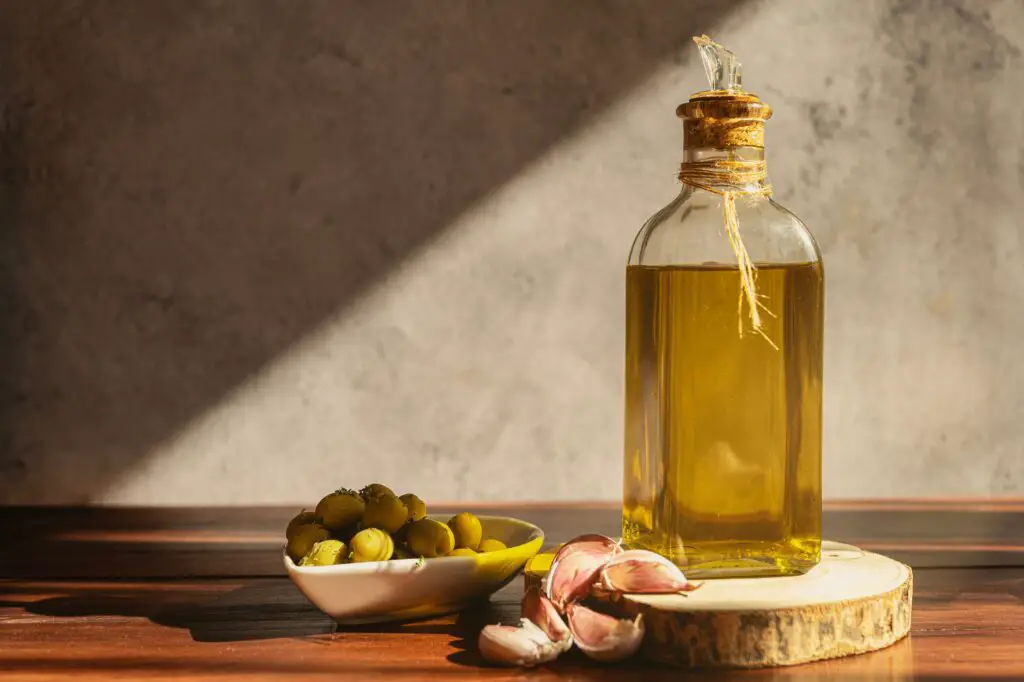
The olive tree was sacred to the ancient Greeks, who believed that the olive was a divine gift from the goddess Athena. Olive oil was used not just in cooking but in religious rituals, anointing, and healing practices. The oil was considered a symbol of peace and prosperity, and olive branches were often exchanged as tokens of goodwill.
Ancient civilizations, such as the Romans, also held olive oil in high esteem. It was used in everything from religious offerings to personal care rituals. Olive oil’s deep connection to the divine can still be seen today in its symbolic use during various spiritual ceremonies, especially in Mediterranean cultures.
7. Lamb
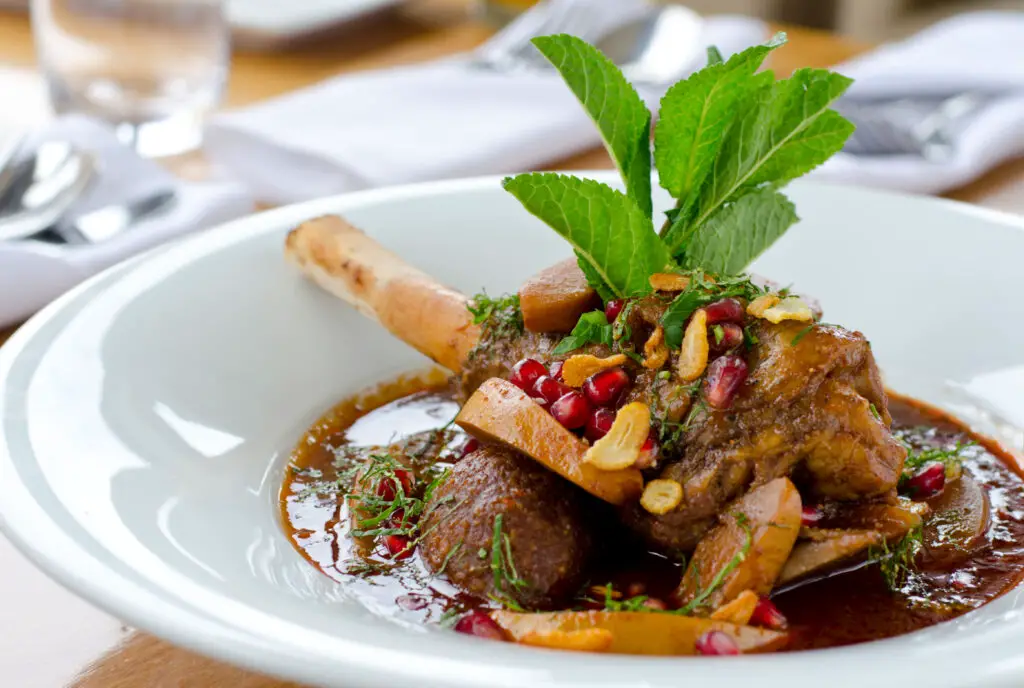
Lamb was a sacred food in many ancient cultures, especially among the Hebrews and early Christians. In Jewish tradition, lamb is closely associated with the Passover, symbolizing the sacrificial lamb whose blood protected the Israelites. The ritual of the Passover meal, which includes lamb, is one of the most significant religious observances in Jewish history.
For early Christians, lamb represented Christ, often referred to as the “Lamb of God.” In many religious feasts and rituals, lamb was the centerpiece, symbolizing sacrifice, purity, and salvation. The lamb’s importance in these spiritual contexts made it a food not only of physical nourishment but also of deep spiritual significance.
8. Coconut
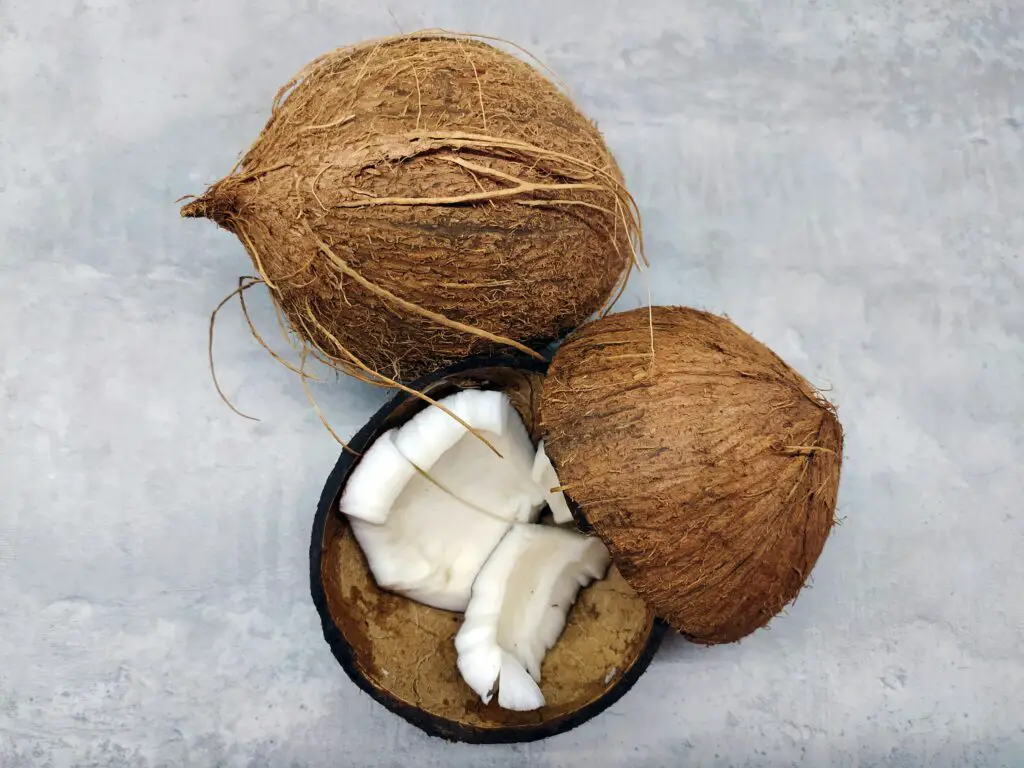
Coconut has been revered in various cultures, particularly in Southeast Asia and the Pacific Islands. In Hinduism, the coconut is considered a symbol of purity and fertility, often used in religious ceremonies as an offering to gods. The water inside is viewed as a divine substance, believed to contain the essence of life itself.
In some Pacific cultures, the coconut is seen as a sacred tree of life, with its fruit providing sustenance, its leaves used for building, and its husks employed in rituals. The coconut’s connection to divinity and life-giving properties has long made it a revered item, tied to both spiritual and practical aspects of daily existence.
9. Pomegranate
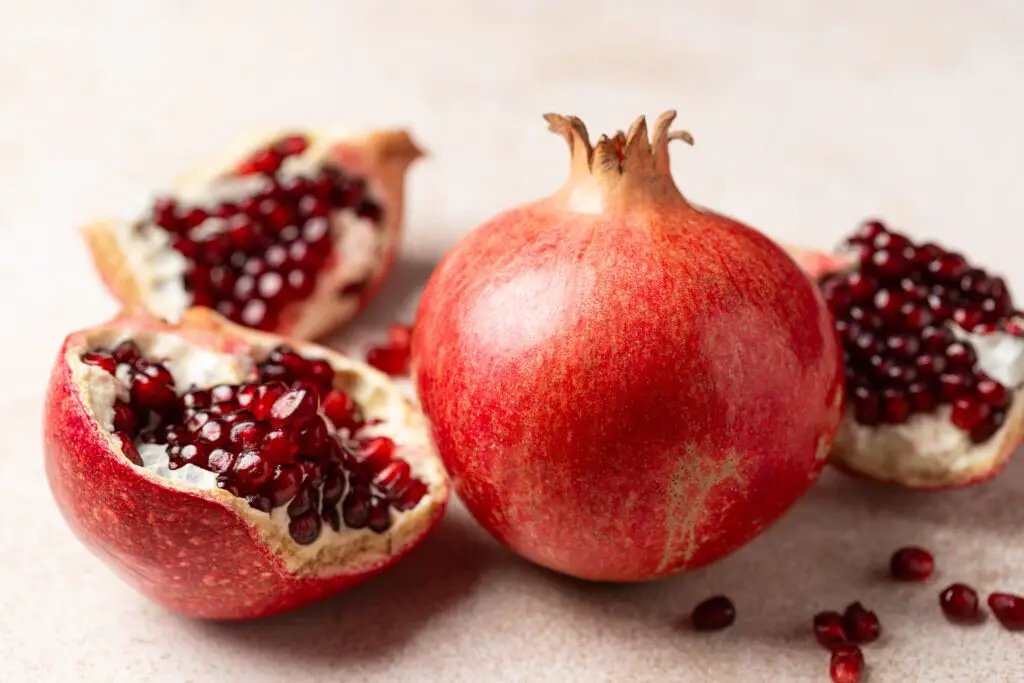
The pomegranate has symbolized fertility, immortality, and the divine in many ancient civilizations, from the Greeks to the Persians. In Greek mythology, the pomegranate is associated with Persephone, the goddess of the underworld, whose story symbolizes the seasonal cycles of life and death. The fruit’s many seeds made it a symbol of life’s potential and abundance.
In ancient Persia, the pomegranate was considered a sacred fruit, believed to bring good fortune and health. Its vibrant color and many seeds made it a natural symbol of fertility and regeneration. Today, its symbolism remains, often appearing in art and literature as a representation of life’s cyclical nature.
10. Potatoes
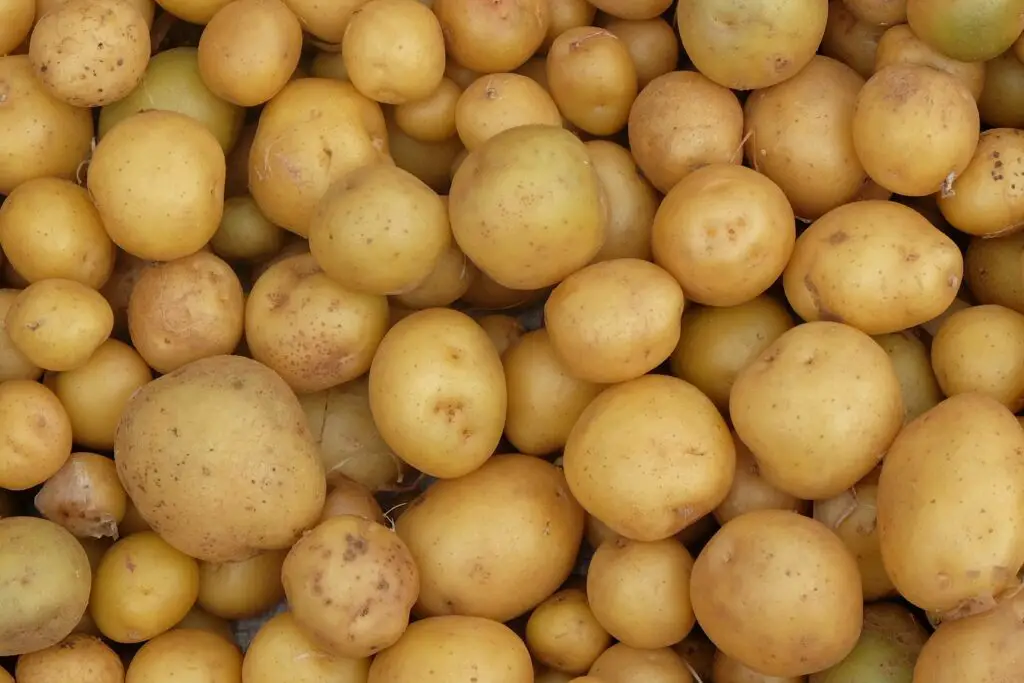
In ancient South American cultures, the potato was not just a staple food—it was sacred. The Incas, in particular, saw the potato as a gift from the gods, so much so that they even had potato deities. The Andean people believed that the earth itself gave birth to the potato, making it a powerful symbol of both nourishment and divine favor.
Potatoes were also used in rituals and offerings to ensure good harvests. They were so revered that their cultivation was carefully regulated, with the Incan government overseeing the production and distribution of potatoes. This reverence for potatoes continues in modern Andean cultures, where they remain a vital part of the diet and hold cultural significance.
11. Dates
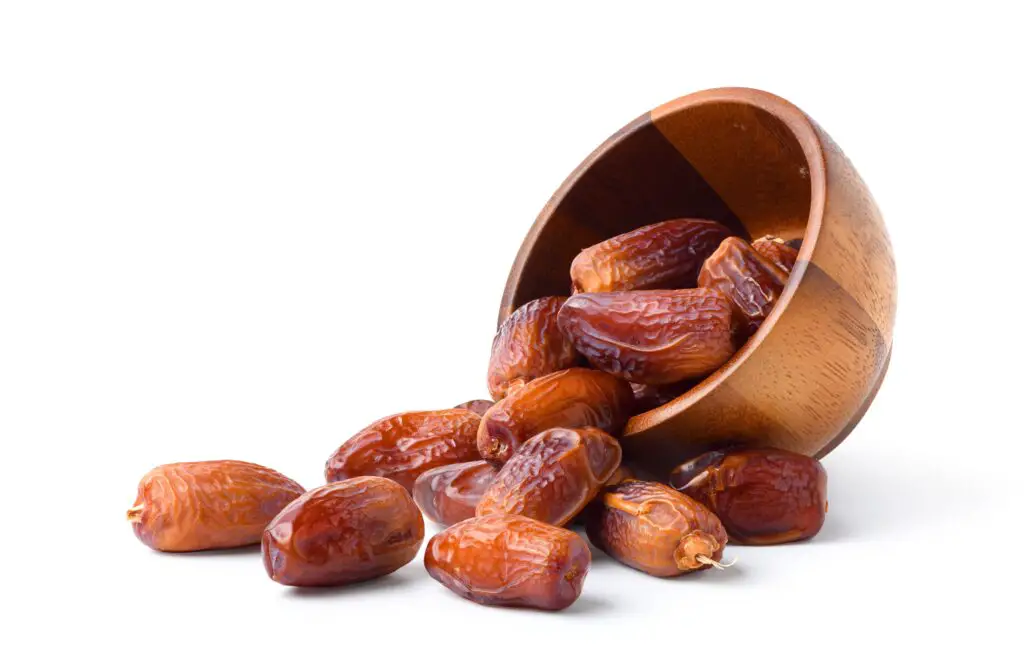
The date palm was sacred to many ancient civilizations, particularly in the Middle East and North Africa. In ancient Mesopotamia, dates were considered a gift from the gods, used in both everyday life and sacred rituals. The fruit was often placed in temples and used in religious offerings to ensure divine blessings.
Dates were also highly valued for their nutritional properties, making them essential during periods of scarcity. In many Middle Eastern cultures, dates symbolize fertility and prosperity. Even today, dates are used in religious observances, such as during Ramadan, where they are traditionally consumed to break the fast.
12. Mango
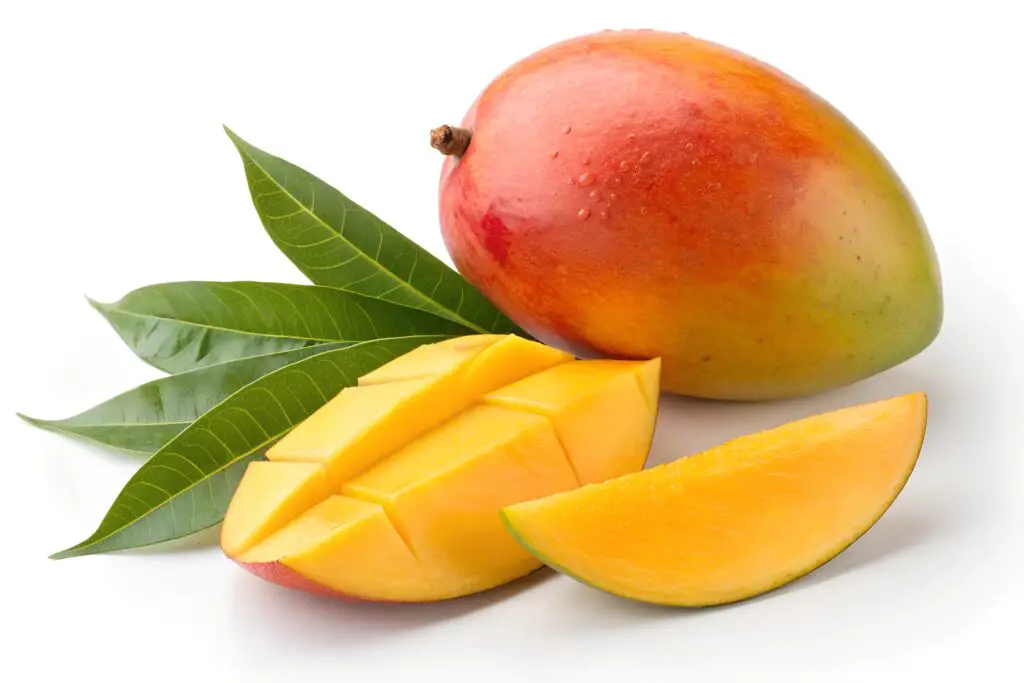
The mango, often referred to as the “king of fruits,” has been considered sacred in India for centuries. In Hinduism, the mango tree is believed to be the home of the gods, and its fruit is thought to possess divine qualities. Mangoes are often used in offerings to deities and are an important part of various religious festivals.
In other parts of Asia, the mango is also revered for its healing properties. It is often associated with fertility and prosperity, and its sweet, fragrant fruit is considered a symbol of good fortune. Mangoes continue to play an important role in cultural and spiritual traditions, reflecting the deep respect for this sacred fruit.
